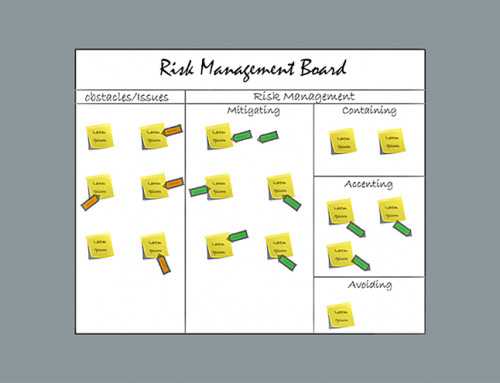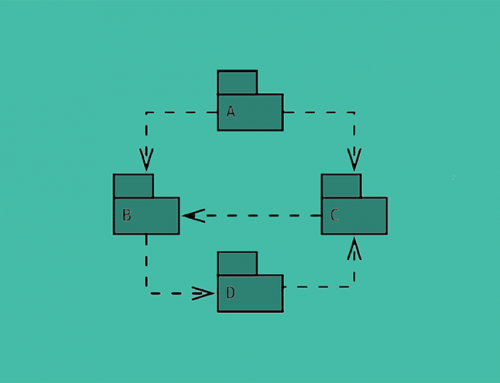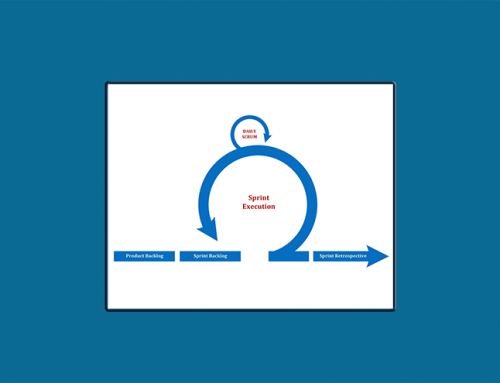Managing multiple projects is common for TPMs. Unless you are an entry level TPM or your project is huge, generally managing 2-3 teams with an average of 5-7 engineers is normal for TPMs.
When managing multiple projects, the first question is where to focus and when. While there is no strict formula for it, below are some guiding principles that may help in relative prioritization:
-
Project Impact/Category
-
Project Visibility
-
Project Stage
-
Project State
-
Project Gaps
-
Management Involvement
-
High Profile/Noise Making Partners
-
Create Awareness
-
Managing Up
-
Time Management
Project Impact/Category: Not all projects are equal. Project impact may be measured in terms of prospective revenue generation, cost savings or other beneficial outcome of the project. Most companies have strategic, core and maintenance/sunset type projects. Strategic projects are long term bets by the company to win and stay relative at the market place. Core projects are the main revenue generators or cash cows for the company whereas maintenance/sunset are systems on their way out or replaced. Give priority to Strategic and Core projects over sunset/maintenance type projects.
Project Visibility: While all projects are important, some are closer to the leadership than others, e.g. your CTO would like a dashboard and you oversee the engineers developing it. Even if it feels like another useless dashboard without any impact to the company bottom-line, the sheer fact that it has CTO level visibility makes it worthy of your attention more than other projects.
Project Stage: If you ae running multiple projects, the amount and urgency of your attention required is different. TPM involvement is significantly more at the start/planning phase of the project as compared to development phase or post production whereas urgency of your TPM involvement initial phases is not a high as in later phases like User Acceptance testing or Production Deployment.
Project State: A project state/status can be Green, Yellow or Red. When project statuses are presented to management, they do not have the time to go over each project. They mostly focus on projects in Red and Yellow. So, if you have a project in Yellow or Red, there is high possibility that it requires more time, attention and closer tracking. You may also face deeper questioning from the management, hence more time required for reporting and preparing to defend your narrative.
Project Gaps: TPM is not a very clearly defined role and expectations from TPM may vary significantly between projects. TPM job is to make sure that any gaps within the team are fulfilled. TPM may wear hats of Product owner, SCRUM Master, Proof of Concept Developer, Tester, Team Manager etc. There are self-enabled teams which may need very little TPM oversight. So, you may need to evaluate project and team expectations to carve out your role in a project.
Management Involvement: Different managers have different amount of ‘love’ for different projects. Prioritize the projects that are closer to your management chain. This doesn’t mean other projects are less important but be aware of the projects closest to your manager/ skip level manager/ VP. Generally, one or two senior management names are associated with any big initiative. If this person is not in your direct chain of command or will not impact your performance review, then you may want to adjust your efforts. Bottomline – do not kill yourself on projects whose credit will be taken by someone else.
High Profile/Noise Making Partners: Some projects have high profile/ noise making partners. These folks are ready to run to your manager at the drop of the hat. Here you will need to take two-pronged approach of managing the partner as well as your manager on your strategy to deal with this partner. Make sure you and your manager are in sync on how to deal with these noise makers.
Create Awareness: When you work on multiple projects it is prudent that you let all your coworkers know that you are juggling multiple balls and may need to prioritize their requests. Having this simple visibility will make sure that most coworkers respect your time boundaries.
Managing Up: When you are juggling between multiple priorities, it is natural that something will slip, in case that happens, you want to be the first person to let your manager know. Managers always appreciate if they hear of the slip/goof up from their own team member rather than a partner or a customer. Just make sure that you go with full story including what slipped, why it slipped, what damage control you are doing and what checks you are putting in place, so it doesn’t repeat.
Time Management: Many time management skills can be exercised here. Decline unnecessary meetings, don’t let coworkers park themselves in your office for long chit chats, delegate as much as possible, line up similar items together, self-enable teams and coworkers, reduce meetings and increase work over Slack or Microsoft Teams etc.
A common trend in the software industry is how to generate higher throughput with time. This means the total number of projects as well as their execution speed have increased. The number of TPMs has relatively reduced. Earlier it was common to see a PM with 3-4 engineers. Now TPM to Engineer ration varies from 10 to 20 depending on TPM seniority, project size/complexity, number of squads, organizational structure etc.
Hopefully, above best practices will help you in managing the multiple priorities better. Join the conversation and let us know in the comments section below on what has worked for you while juggling priorities and hats as a TPM!





Leave A Comment